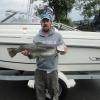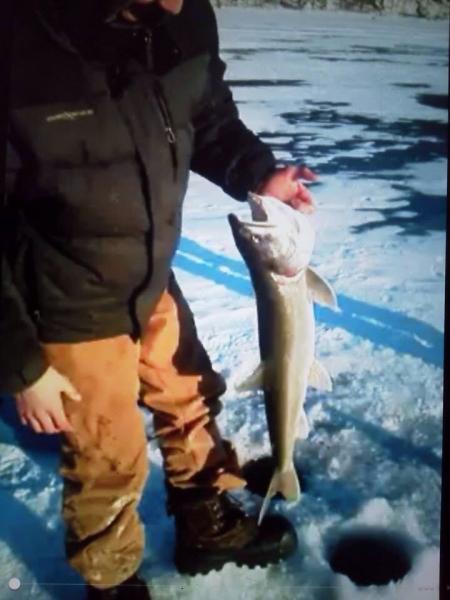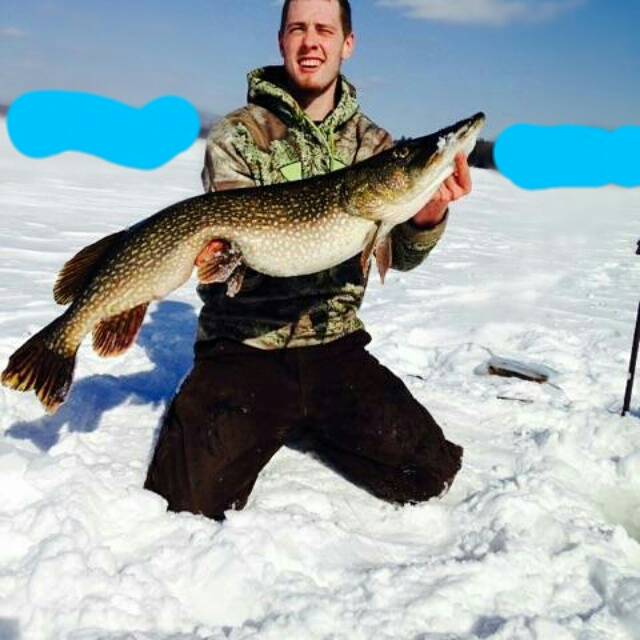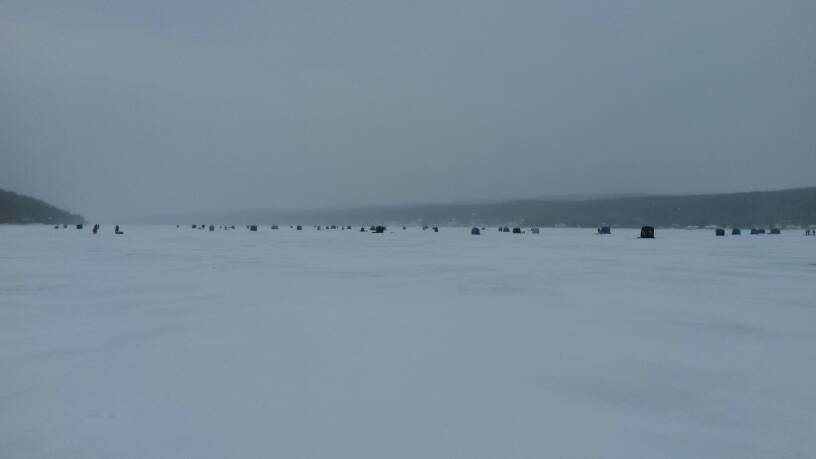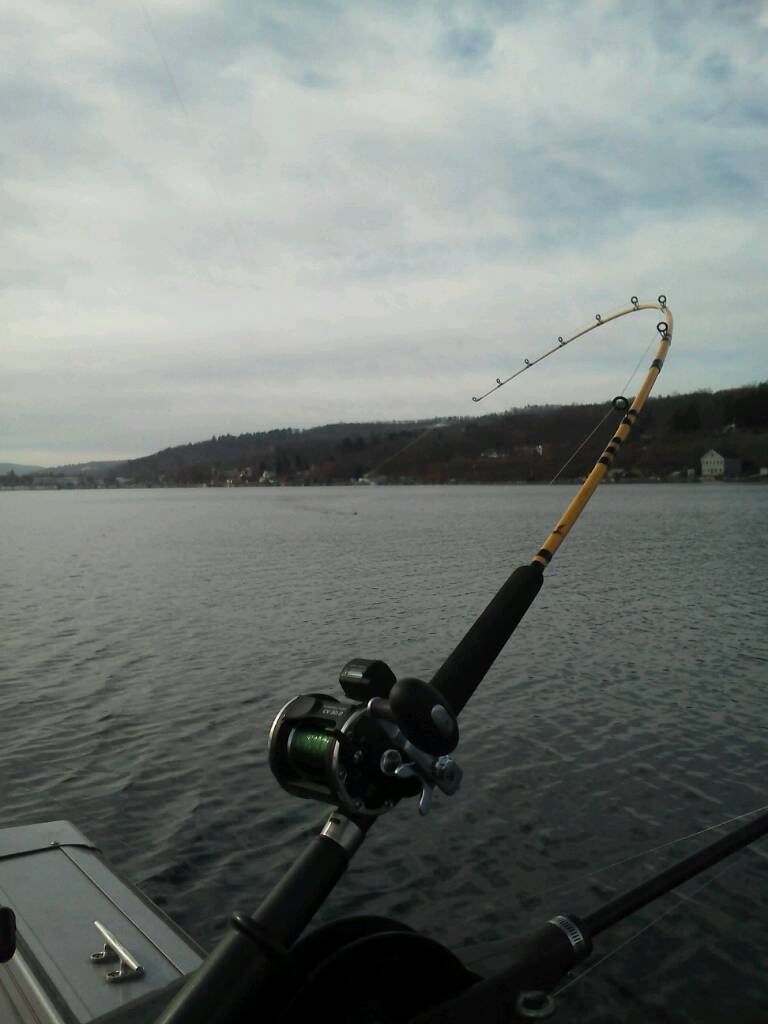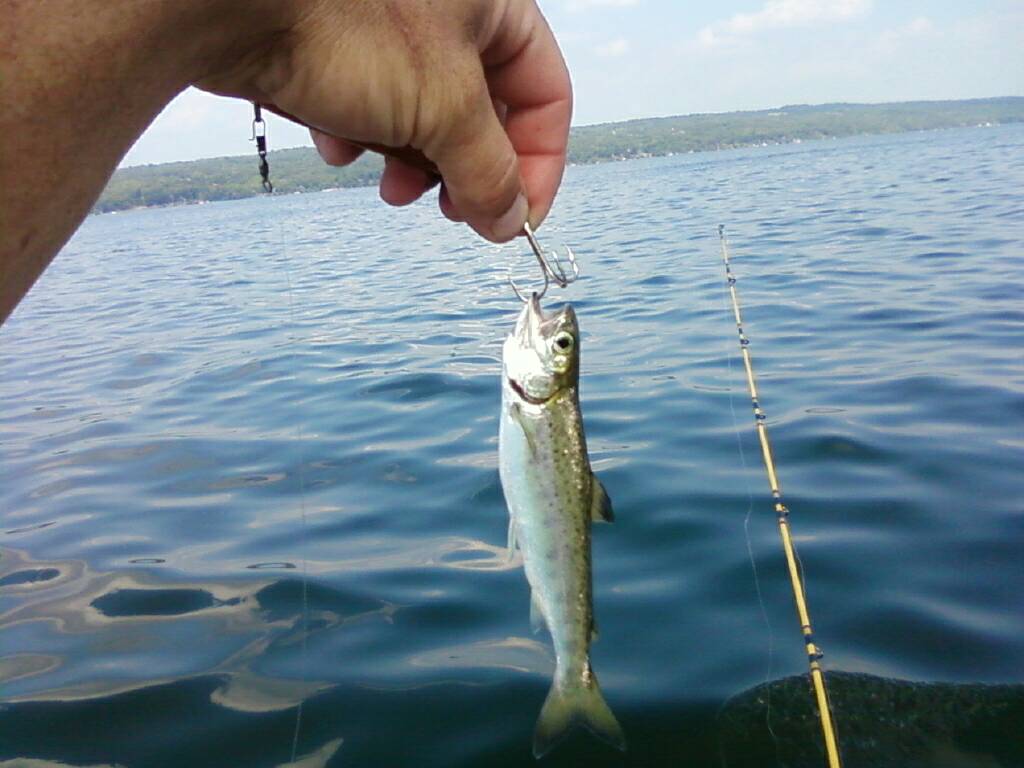-
Posts
13,872 -
Joined
-
Last visited
Everything posted by Sk8man
-
I believe you can get a standard transducer for about$130 and it has an internal GPS antennae
-
-
-
-
-
I know it is a different water environment (saltwater) but take a look at what the "big boys" rely on for commercial fishing...for example on Wicked Tuna....Furuno. There is a reason for it....they are highly reliable. I don't own one but I fish with folks that do and they are VERY reliable well made units. An example to look at: http://www.thegpsstore.com/Furuno-GP1870F-Color-GPSFishfinder-P3598.aspx
-
-
Just an FYI but bikinibottom on here has some great weights too that may be worth looking at as well if you can't get hold of Harvey. I bought three of them and they are pretty neat.
-
Missdemeanor sure hit on some great points. The forum is great for picking up tips and best if followed by actual experimentation and assessing the results and then making changes and throwing out the stuff that doesn't produce for another time under different conditions (maybe). Something very useful can be keeping a notebook of important results along with specific conditions and time of season, time of day, sunny or cloudy, details ,details etc. Yes it takes a little time.....and we've all said "we're going to be too busy fishing to do it" kinda like breaking New Years resolutions but when the data is looked at over time after a few seasons it all starts coming together and the "ah ha" moments occur. This is what often separates the 10 percent who catch fish 90 percent (or better) of the time. Seminars are great, the books, and videos can be helpful, but this forum is better than both - but there is nothing that beats personal experience combined with an experimental method and constant attention to detail and the flexibility to change what doesn't actually work. The SWR rig issue is a good example of something that works for some of the people doing some things some of the time....none of these tactics should be considered as a "cast in stone" answer to everything just as someone said earlier just a tool in the arsenal.
-
-
-
-
I fully agree with JD The actual speed will vary according to many different factors. It is a "relative" measure in this situation (fishing) so no matter how you record it on the device you are using...it really applies only to that specific situation... so whatever is working for you with that particular setup is what you want to repeat. For example you could have 2.3 at the probe and the guy right next to you with the same unit could have different readings because of many factors such as differences in current at his specific position, calibration issues, maybe the thickness of the cable of the downrigger and weight etc. etc. The critical thing is to know your own unit, keep track of best results with what equipment at the recorded speeds on that unit, and understanding that it is all really "guesstimation" so repeatability is really the only true measure for success. Reports of speeds from others boats in other situations should be at best considered as "estimates". This would apply whether talking about SOG, impeller based readings, or the various probe measures for down speed it is still all relative.
-
-
-
Hey Vlad nice job on the video and there is nothing like a great shore lunch....but you folks need to find some BIG fish We use that size for bait here I always enjoy your videos.
-
-
-
IT also works well with lakes trout run deep.
-
-
I went solo today in search of the perch and didn't have a hit from1 PM until 5 and a lot of folks got disgusted and left for home. From 5 -6:15 PM things really took off. I was jigging for perch in 8 ft of water and I had been drilling holes all afternoon and spending a while in each and then moving around looking for signs of life. I finally found one hole that had a spark of life in it and started catching perch one right after another and then a largemouth then a couple more perch and another largemouth some more perch and then my little jigging rod bent over like there was no tomorrow and the 2 lb test line started peeling out with the drag going for about six or seven times...I strongly suspected I had a trout by the feel of it and the fact that it stripped out about half of my line....turned out to be a 24 inch male rainbow all colored up It was worth the wet arm getting him out of the hole too All the fish came out of that single hole and all on the same little jig with spikes and I ended up with 3 or 4 perch after the pic. Anyway glad I ended up staying and waiting it out... the biggest of the largemouths was 19 1/4 inches and the other was 18 inches,. All in all a fun day on the ice. Oh and I have confirmation that there are in fact rainbow smelt still in Canandaigua. I caught two of them on spikes while jigging in 36 ft of water and there was a whole school of them there.
-
Either works well. Good all around spoon for other species as well.
-
I'm not a fisheries biologist but I.m sure lakers are the SLOWEST growing trout in the Finger Lakes by far and they have the longest life span as well. One of the things I've been wondering about the Atlantic stockings in Lake O is the fact that they (Atlantics) are originally Anadromous (live adult part of their life cycle in salt water) and if the stocked adults in Lake O leave the fresh water as adults and may take the Hudson to the Atlantic via the St. Lawrence as a possible explanation for the relatively poor numbers of adults in the lake from stocking. I've never had an Atlantic that didn't fight like H or that didn't go airborne several times but on the other hand I've had Coho salmon that came right in without doing much of anything.....who knows what is responsible for those individual differences..... maybe the fish was just having a bad day.... I've felt like that recently after trudging through the snow ice fishing
-
i just consider it back behind the motor turbulence and down a few feet and I think most folks who mention it are just meaning near the back of the boat at the edge of the disturbance. I'm usually a little closer than what Zack mentioned but it is a good estimate
-


